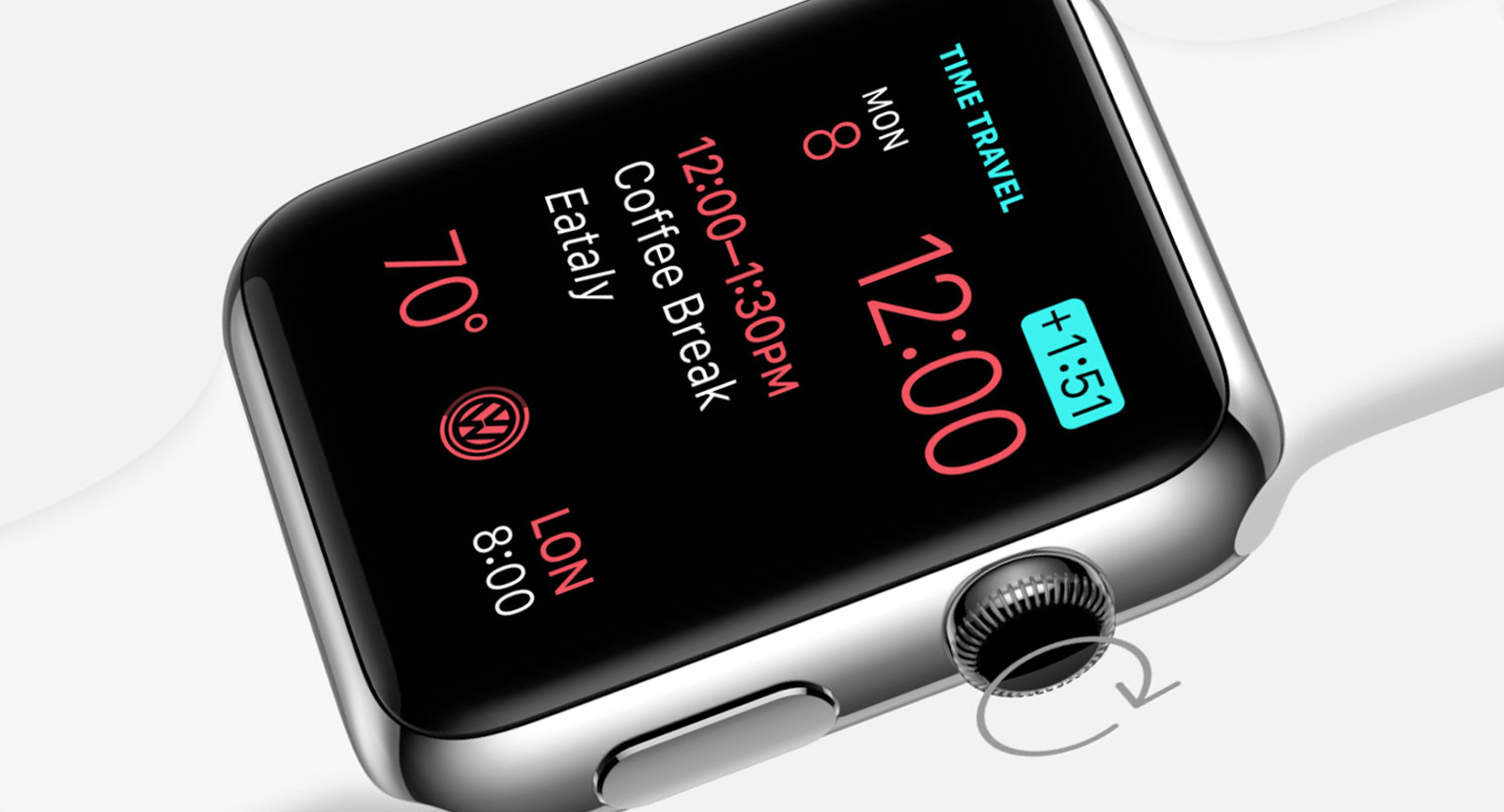
- 2 Min Read / Blog / 3.2.2020

Apple Watch launched in April with an array of Apple-branded first-party applications. In addition to Apple’s apps, developers created more than 3,000 applications to be released on launch day using WatchKit, a powerful framework that enables developers to create companion watch apps for their existing iPhone apps. While WatchKit had some initial limitations that hindered developers, Apple recently announced a revamped Watch SDK called watchOS 2, which gives developers more power to create even more unique and innovative applications. The new framework is still in beta development and is scheduled to be released this fall, but developers are already jumping in to see what sorts of new apps they can create to launch alongside iOS 9.

The entire watch architecture for third-party applications has changed with watchOS 2. On the first generation of watchOS, Watch apps ran an extension on the iPhone and sent updates to the Watch via Bluetooth. You may have noticed that first-party apps like the Apple Workout app haven’t needed a connection to your iPhone to operate—however, third-party apps required the iPhone to be nearby to function at all. On watchOS 2, the extensions run directly on the Watch hardware, eliminating that requirement. This improvement greatly reduces the dependency of both devices needing to constantly communicate back and forth, which will greatly reduce loading times for those of us who have already stared at the watch loading screen for too long.
There are some potential drawbacks though—since Watch extensions run on the Watch themselves, they may potentially drain the battery faster. Developers need to be mindful of energy usage and ensure that their apps are optimized to perform with the Apple Watch’s tiny battery in mind.
Now that Apple Watch apps can function independently of iPhones, connectivity becomes a bigger concern. Applications that require network functionality will either require an iPhone to be nearby to use the cellular connection, or be connected to the internet via Wi-Fi. The updated framework also exposes the functionality to start phone calls, write text messages, and utilize Passbook from within a Watch app—previously, the user could only initiate this functionality from Apple’s native Watch applications.
UIKit exposes a ton of useful techniques to make beautiful animations on the iPhone, a capability that WatchKit hasn’t offered in any comparable way until now. Initially, watchOS provided a technique to make an animated image by essentially creating a set of static images and specifying a duration to flip through them, which would give the appearance of animation (very similar to how a sprite performs). Now, the watch provides an almost identical technique to the iPhone, which allows for animation of an object’s opacity, dimensions, alignment, and insets. Tables also now also have methods to animate inserting and removing rows, making lists and table-based apps more delightful and engaging.

Watch apps are designed and laid out in Xcode storyboards. In the first version of watchOS, all of these elements had to be positioned and sized correctly in the storyboard before the app is built and run. With the exception of hiding elements, no other changes could be performed once the app is running. With watchOS 2, user interface elements can react programmatically in response to events like a user tapping a button.
WatchKit also comes with two new important interface objects, pickers and movie players. The Digital Crown previously only worked as a way to scroll vertically through a scrollview, but now the Digital Crown can be used to select an item from a list of options, such as entering a specific date. The other new element is movie players—video files can now be stored on the Watch’s local file system and played directly from your wrist.
Apple unveiled a number of new features for the watch face itself—and by far the coolest one is Time Travel. Simply scroll the Digital Crown and the watch face will redisplay contextual information that happened in the past or will happen in the future, such as notifications, upcoming meetings, and information displayed on complications. You’re also given the ability to create a custom watch face using any image or album from the Photos application on Apple Watch.

Source: Apple
Regarding complications, Apple has introduced a new API for developers to write their own. Complications are the widget-like items that appear on watch faces to communicate glanceable information like the weather, date, or battery life immediately to the user. Developers are now able to create their own complications, giving users even more customization on their watch face, which is a great way to show some of the brief information your Watch app provides.
Apple Watch is being marketed and sold as a revolutionary health device. It does a great job at tracking workouts, measuring your pulse, and a variety of other things. Unfortunately, data from HealthKit wasn’t originally accessible to Watch apps, and Workout data was completely inaccessible from either the Watch or the iPhone. HealthKit is now enabled for use in WatchKit, and can be queried to obtain the user’s heart rate, workout status or metrics, and other data types. In addition, an API was added to add information to Workout data, enabling apps like RunKeeper to write data to Workouts and help users achieve their fitness goals. With watchOS 2, you won’t be solely reliant on the Workout app to fill up your daily green circle!
We’ve only begun to scratch the surface of the newest additions to WatchKit in watchOS 2. Apple has made great strides in such a short time period to not only open up functionality for watchOS developers, but also provide new utility for Apple Watch wearers. We look forward to seeing more great iterations in the platform—in terms of both hardware and software—in the coming years. Watch out for the iOS 9 and watchOS 2 launch to bring some great new functionality and updates to your favorite apps sometime this fall.